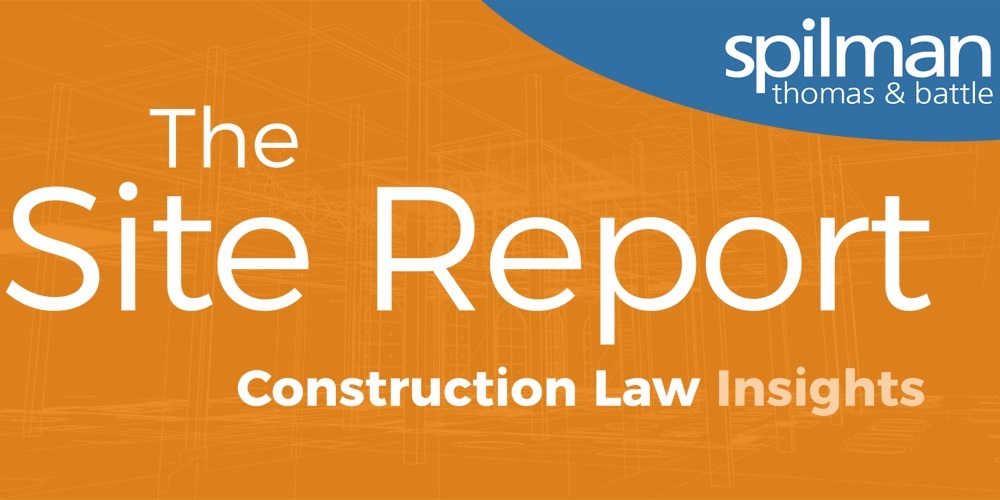Article
Resources
Article
Construction Employers: Beware the Ides of March

Construction continues to be one of the deadliest industries in the United States, and the Occupational Safety and Health Administration (“OSHA”) is heavily targeting construction workplaces. In 2022, OSHA inspected construction workplaces more than any other industry, and OSHA’s focus on construction employers is expected to continue this year. As such, construction employers should be aware of a recent OSHA press release, and two enforcement memorandums, indicating that construction employers will face a significant increase in penalties for violations and citations.
On January 26, 2023, OSHA issued a press release concerning a change in its long-standing policy related to instance-by-instance issuance of citations that became effective March 27, 2023. Since 1990, OSHA’s practice of issuing instance-by-instance citations has been limited to “egregious willful citations;” however, the recent press release indicates that this practice will be dramatically expanded to even the lowest level violation. The stated purpose for this change is to “make penalties more effective in stopping employers from repeatedly exposing workers to life-threatening hazards or failing to comply with certain workplace safety and health requirements.”
In effect, instance-by-instance citations will be issued when the agency identifies “high-gravity” serious violations of OSHA standards to specific conditions where the language of the rule supports a citation for each instance of non-compliance. These specific conditions include “lockout/tagout, machine guarding, permit-required confined space, respiratory protection, falls, trenching and for cases with other-than-serious violations specific to recordkeeping.” The accompanying enforcement memorandum, although, indicates that this is not how instance-by-instance citations will be issued in practicality. Rather, OSHA will consider one or more of the following four factors when deciding to issue instance-by-instance citations:
- The employer has received a willful, repeat, or failure to abate violation within the past five years where the classification is current.
- The employer has failed to report a fatality, inpatient hospitalization, amputation, or loss of an eye pursuant to the requirements of 29 CFR 1904.39.
- The proposed citations are related to a fatality/catastrophe.
- The proposed recordkeeping citations are related to injury or illness(es) that occurred as a result of a serious hazard.
In addition, OSHA issued a separate enforcement memorandum on January 26, 2023 reminding regional administrators and area directors of their discretion to not group violations. The practice of grouping violations typically involves issuing a citation with multiple subparts that carry no additional penalty, but state alternative theories or factual bases to justify the issuance of the citation and may require abatement. The enforcement memorandum reminds agency administrators and area directors that grouping should be considered when:
- Two or more serious or other-than-serious violations constitute a single hazardous condition that is overall classified by the most serious item;
- Grouping two or more other-than-serious violations considered together create a substantial probability of death or serious physical harm, or
- Grouping two or more other-than-serious violations results in a high gravity other-than serious violation.
In cases where grouping does not elevate the gravity or classification and resulting penalty, then violations should not be grouped if the evidence allows for separate citations.
OSHA’s warning for the misfortune employers can expect in March is clear: employers will face a significant increase in the amount of citations they will receive, and the penalties for these citations will significantly increase. Since OSHA has placed construction worksites under a microscope, construction employers should take a proactive approach to evaluating their workplaces to minimize risk, review and enforce their health and safety policies, and consult experienced OSHA counsel to reduce their potential liability.

